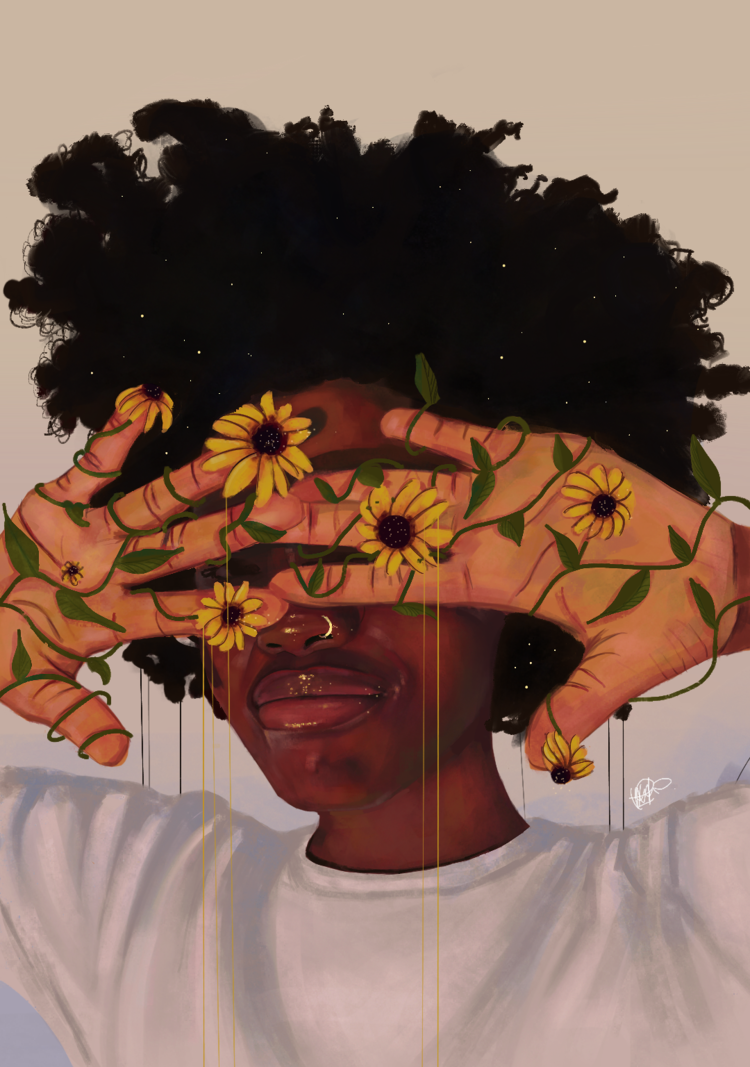Mike Winkelmann, a digital artist known as Beeple, last week sold an NFT of his work for $69 million at Christie’s auction house, instantly making him one of the world’s richest artists.
Canadian Artist Grimes recently sold $6 million of digital art at auction and, just last week, Tesla CEO Elon Musk announced he’s selling an unnamed music track as an NFT, with biddings already topping $1 million.
So what exactly is going on?
Non-fungible tokens (NFTs) are rare digital artwork, collectibles, gifs, videos, and other digitalised items that can be bought, traded and authenticated on a Blockchain. Blockchain is a digital database proving ownership of them as NFTs.They are then bought with cryptocurrencies such as Ethereum and stored in a digital wallet.
The difference between cryptocurrencies like bitcoin and NFTs is that NFTs can’t be exchanged. Each token is unique and can’t be replicated, their rarity is how they gain value.
Crypto art sold as NFTs is booming in the digital art space, giving artists the opportunity to sell their works in new ways.
Italian 3D artist Teresa Manzo says crypto art platforms are bridging the gap between artists and buyers.

“The distance between artist and buyer has been significantly shortened, especially with these platforms,” she said. “They unveiled this world, which has always existed, giving the opportunity to more people.”
Teresa came across NFTs only a few months back, yet has since sold two of her pieces that way. It’s a daunting process at first, but the results have been exciting.
“On the one hand, it’s very frustrating to see your work of art that goes unnoticed, that it does not receive offers,” she said, “but on the other, it is very gratifying when a buyer appreciates and creates a deep understanding with the work.”
LA-based illustrator and motion graphic artist Ariana Pacino says NFTs can be life-changing for artists with a large following, but digital artist hobbyists can also do well, with a bit of luck.

As a full-time freelance entrepreneur, Ariana says anyone can enter the world of ‘crypto art’ if they work hard, establish their work as valuable, are adaptive and constantly learning.
“While I don’t believe that physical artworks will ever lose their importance in the art world,” she said. “There will always be something special about holding a tangible piece of art.”
“I do believe that having at least a basic knowledge of NFTs and how the market works is worth the research. There is money to be made on these platforms.”
Artists who have struggled in the past to sell their work now have these platforms to sell their art for thousands, even millions of dollars for each piece and, crucially, they get a percentage of future sales if the digital artwork is later resold.
South African digital artist Lethabo Huma believes artists get paid their worth on these platforms.
“A lot more artists that can live off their art and let go of the struggling artist narrative especially starting as a young artist,” she said.
Before Lethabo started selling NFTs, she was largely doing commissioned work and was initially quite skeptical. But having done her research, she found the whole process easy.
“All artists go through an application process where they check your background and identity,” she said. “After you get accepted, you join a meeting with the team and they’re teaching (artists) how to sell and tokenise their work giving a sense of security.”
Lethabo’s art focuses on telling visual stories of life experiences or self-reflection and one of her main concerns was whether her art would be copied or sold by imposters online.
“I think it is a concern for any digital artist … with the authenticity of our work and it’s easy to see an artist’s work and claim it to be yours, so for us more than anything crypto art gave us the solution to that problem.”
So are NFTs just a phase or are they a feasible, long-term solution for digital artists looking to monetise their work?
“One thing about this space is that it is very unpredictable,” said Ms Huma. “There are a lot more people who see the value in it, have the funds for … investing in it so people are selling their work for large amounts of money.”
“The main goal for us artists is doing what we love and surviving off of what we love and not having to have a side job or doing things we don’t really like just for the sake of keeping up with our true passion.”


